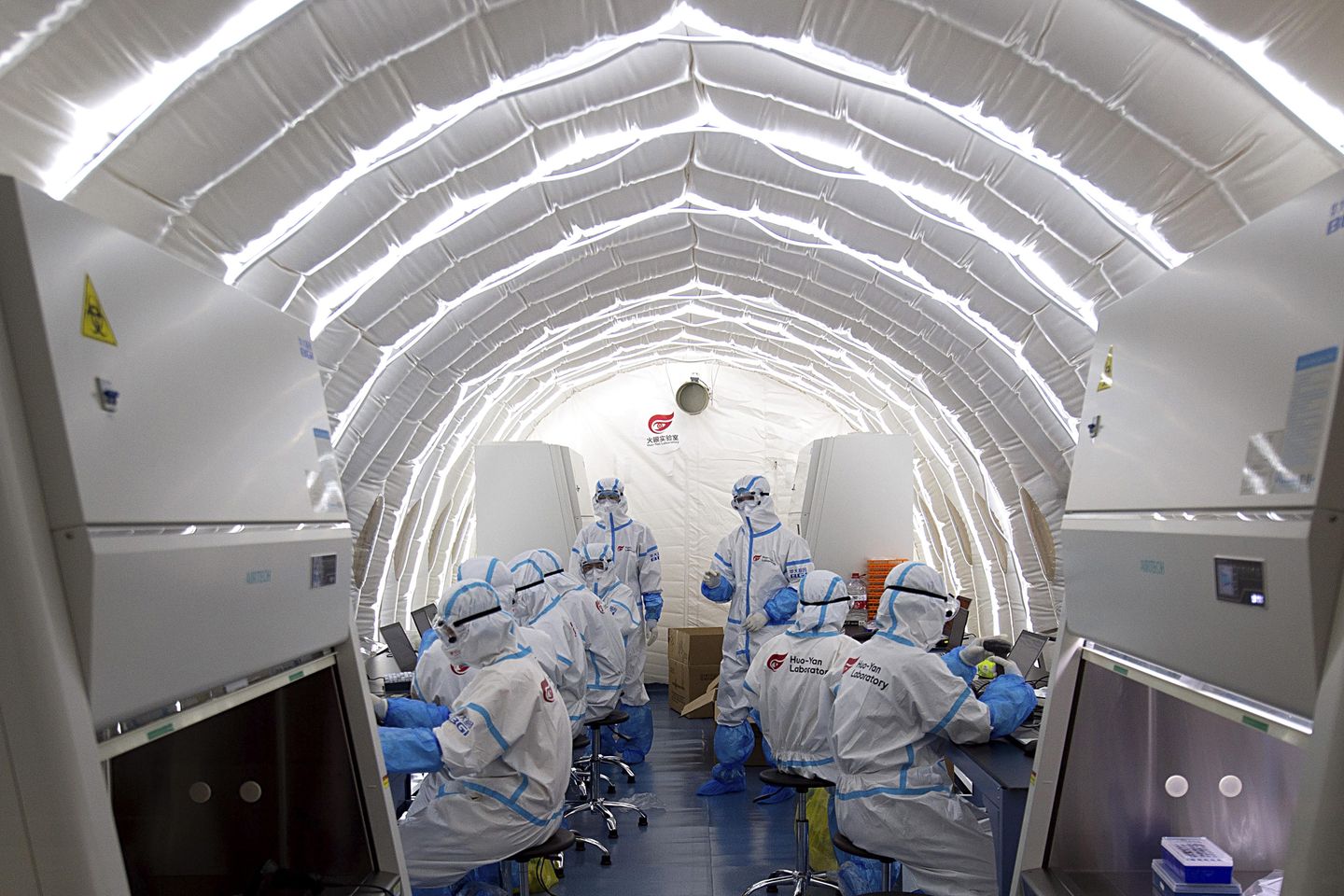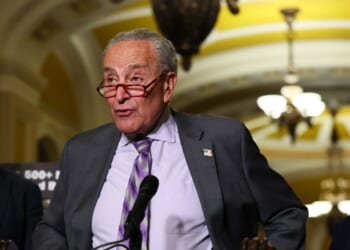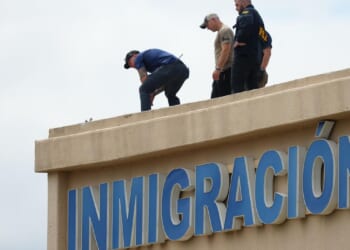
Biotechnology paired with artificial intelligence is rapidly becoming one of the biggest emerging security threats for the U.S., according to a report published this week by the Hoover Institution. Here’s what you need to know about the growing biosecurity risks and how China is outpacing American research and development in the field:
The emerging threat
AI and biotechnology creating new security risks:
- Biotechnology paired with artificial intelligence is rapidly becoming one of biggest emerging security threats for U.S., according to a report published this week by Hoover Institution
- Drew Endy, senior fellow at Stanford’s Hoover Institution, writes that “distributed biomanufacturing suggests futures in which anyone, anywhere will gain the capacity to source any toxin or pathogen”
- Development of DNA printers and AI models has kicked off “winner-take-all” race in biotechnology
- Large libraries of DNA information on everything from smallpox to Ebola mean sector is ripe for bioterrorism and warfare
The changing landscape
Building viruses from scratch no longer special:
- “At some point in the last 10 years, building viruses from scratch became nothing special,” Mr. Endy told Washington Times
- “But, we haven’t changed how we govern work with pathogens”
- Historic approaches are quickly becoming irrelevant
- Lack of competition and overregulation in U.S. has quickly pushed research and development overseas
China’s advantage
Regulation and investment outpacing U.S.:
- Regulation and investment around biotechnology research in China are quickly outpacing U.S. — and at such rate that U.S. may not be able to catch up
- Chinese government placed biotechnology front and center as part of whole-of-government priority list as early as 2015
- Regulatory framework that developed from that encouraged innovation and investment
- Professional peer in China told Mr. Endy that “in six-year period of time, he was able to navigate system that provided access to capital, land, approvals and everything else needed to create national laboratory from scratch for emerging biotechnology”
- That lab now employs more than 2,500 people and is fully operational
- “Meanwhile, I’m still trying to get funding to onboard a second Ph.D. student this year,” Mr. Endy said
The race for “operating systems for life”
Critical developments expected within 1,000 days:
- Mr. Endy pointed to what he termed “operating systems for life” that developers in field would be able to finish work on “within the next 1,000 days”
- “They’re either going to happen in the United States or in Shenzhen,” Mr. Endy said
- “Whoever gets that first is going to have an advantage”
- Shenzhen is major city in China’s Guangdong Province and global tech hub
Proposed U.S. response
Call for National Biotechnology Coordination Office:
- Mr. Endy and his colleagues want to see “National Biotechnology Coordination Office” that would oversee building of federally funded AI labs dedicated to processing highly technical biological data
- U.S.-based effort would be aimed at combating unregulated marriage of new biosynthetics and AI that are quickly “lowering barriers for designing novel toxins and pathogens”
Industry engagement
Private sector addressing threats with or without government:
- Industry is starting to engage with problem with or without U.S. government
- Possible misuse of new developments prompted concerns published by Rand Corp. last month on how to detect and evaluate possible bioterror threats
- Team at Microsoft was able to bypass — and then fix — security protocols in place against similar bioterror-type threats recently by using open-source AI protein design tools
The detection challenge
Open question about defense versus offense:
- Mr. Endy isn’t convinced fix will be enough
- In report, he and his colleagues ask open question “Which is easier: prompting Large Language Model to design novel, harmful biomolecular function or using AI to detect one that has never been seen before?”
- He’s still not sure of answer, but is encouraged that there’s conversation about emerging threat
- “At least some people are paying attention to fact that things are changing and that we have to wake up and do something about it,” Mr. Endy said
- “Biosecurity victory is possible. We can secure biology”
Read more:
• New report warns of major biosecurity risks to U.S.
This article is written with the assistance of generative artificial intelligence based solely on Washington Times original reporting and wire services. For more information, please read our AI policy or contact Ann Wog, Managing Editor for Digital, at awog@washingtontimes.com
The Washington Times AI Ethics Newsroom Committee can be reached at aispotlight@washingtontimes.com.

















